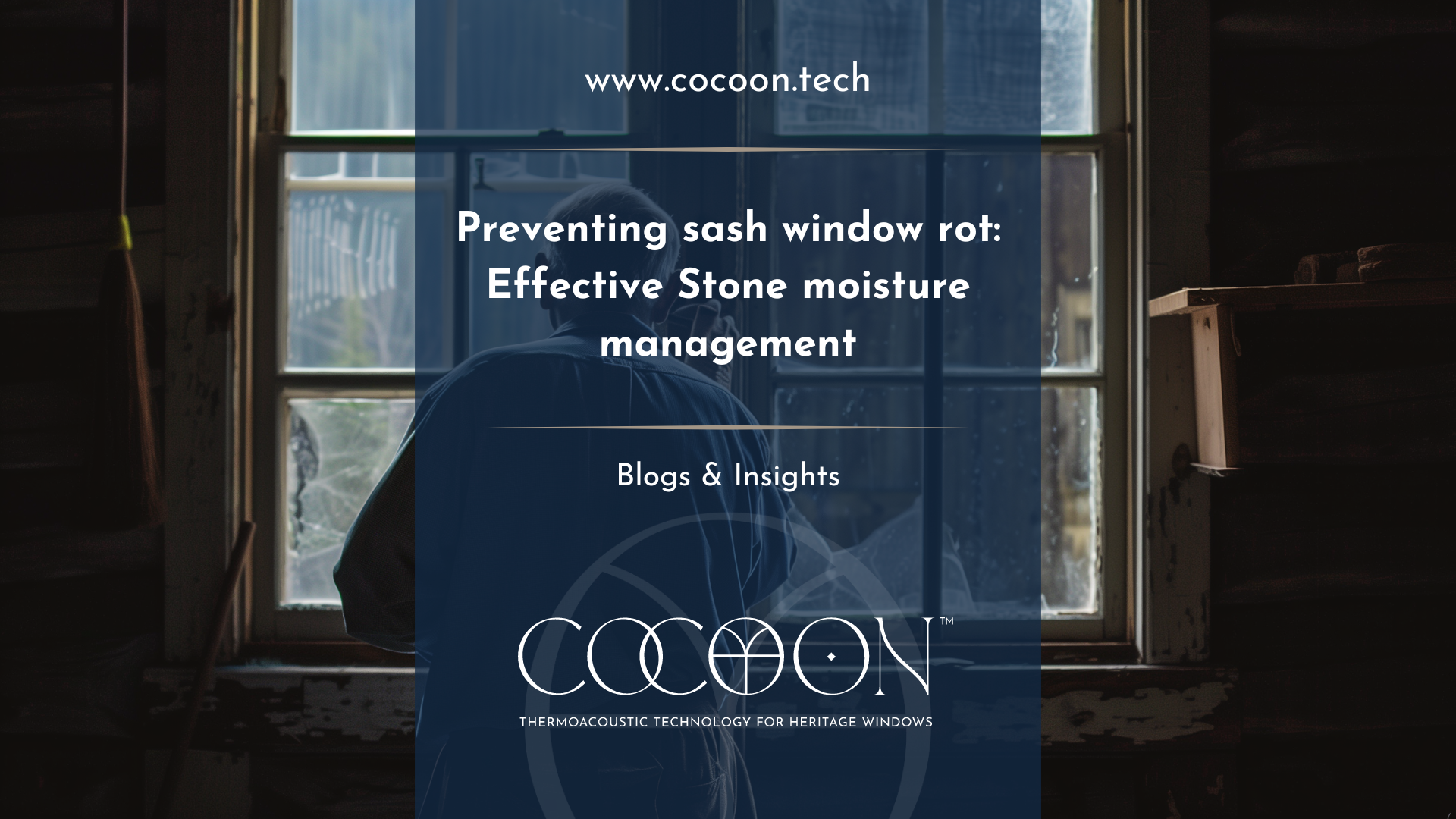How to Reduce Draughts in Historic Buildings | Glaze & Save
Draught proofing is one of the most
instantly effective and cheapest ways of making your home more energy efficient
while increasing your comfort level.
We all need controlled levels of ventilation in our homes in order to avoid damp and the clear the air; however, when the air flow becomes uncontrolled this can lead to a cold and draughty home which is not only uncomfortable to live in, but can be very costly in energy expenditure.
Older buildings can lose around 15-20% of their heat via draughts but there are many ways to tackle this without damaging the historic character of your building. And the good news is, such work can pay for itself very quickly. (Historic England)
This is a particularly major issue in historic properties, where wear and tear of the general fabric of the building can lead to uncontrolled air flow and multiple air changes and hour.
Where will I find draughts in my historic home?
Draughts happen wherever there are unwanted gaps in the fabric of the buildings that have been left uncovered. Given that many historic properties experience gaps in window frames, walls and floors, it’s easy to see how draughts can become such a huge problem for historic homeowners.
Draughts can occur at any accidental gap in the building fabric that leads to outside, including:
· windows, particularly in older single glazed sash and case windows;
· around doors – including keyholes and letterboxes
· loft hatches
· electrical fittings on ceiling and walls
· between floorboards
· around pipework leading outside
· at ceiling-to-wall joints
How can I stop draughts in my historic home?
Windows
Original windows are often a key part of the character of older properties and therefore every attempt should be made to retain them. This will often mean retrofitting draught proofing improvements to original windows instead of removing and replacing the original windows.
Draught proofing is without a doubt one of the cheapest and most effective ways of tackling heat loss through windows and doors: because of its low cost and effectiveness, payback times are often relatively short.
Older windows are susceptible to warping, and window sills can be particularly susceptible to wet rot. It is therefore important to ascertain whether repairs require to be carried out, as these may also assist in reducing the draughts from your windows.
According to Historic England:
About one fifth of a home's heating is lost through windows. Most of that escapes through air gaps rather than through the glass. Research has shown that air infiltration through a sash window in good condition can be reduced by as much as 86% by adding draught-proofing. And it has the added advantage of reducing noise and dust.
It is therefore of vital importance to draught proof your historic windows.
Creating a complete seal around the frames and on the sash is naturally the most effective way of combating air changes and therefore heat loss. Previously this would have been carried out by routering out channels into the frame and adding draught proofing brushes. However this can make frames extremely weak. Glaze & Save InvisiSeal creates a completely seal around your window frames while completely non-invasive, so you don’t need to worry about weakening the wood of your original window frames.
Another effective method of reducing draughts through your windows is to install secondary glazing, such as Glaze & Save InvisiTherm. This will allow you to keep your original windows in tact while increasing overall energy efficiency. InvisiTherm is discrete, reversible and doesn’t require any planning permission so it is perfect for historic buildings.
Another word from Historic England on replacement windows:
Installing double-glazing rather than draught-proofing invariably results in the historic windows and glass being lost, and there is usually a poor visual match between the original windows and those that replace them.
Doors
Draught outside doors can be the bane of the historic homeowners life! However, once again Glaze & Save InvisiSeal provides fantastic draughtproofing properties without the need to channel our any wood from your doors, or by adding unsightly brushes.
Chimneys
Chimneys can be at the heart of many draughts in historic properties, and should be tackled along with windows, doors and floors in order to ensure and air tight home.
Dampers can be utilized to reduce draughts when the flues are not in use, although they need to be of a loose fit in order to allow air flow through the flue. Other cheap and effective methods include chimney balloons and chimney sheep.
Suspended timber floors are notorious for being draughty, especially if they are left bare. The quickest way to tackle these draughts is to lay down some heavy carpet or a rug. However, if you prefer the exposed floorboard look, you can also fill the gaps in by using draught proofing strips, timber or even papier mâché.




















